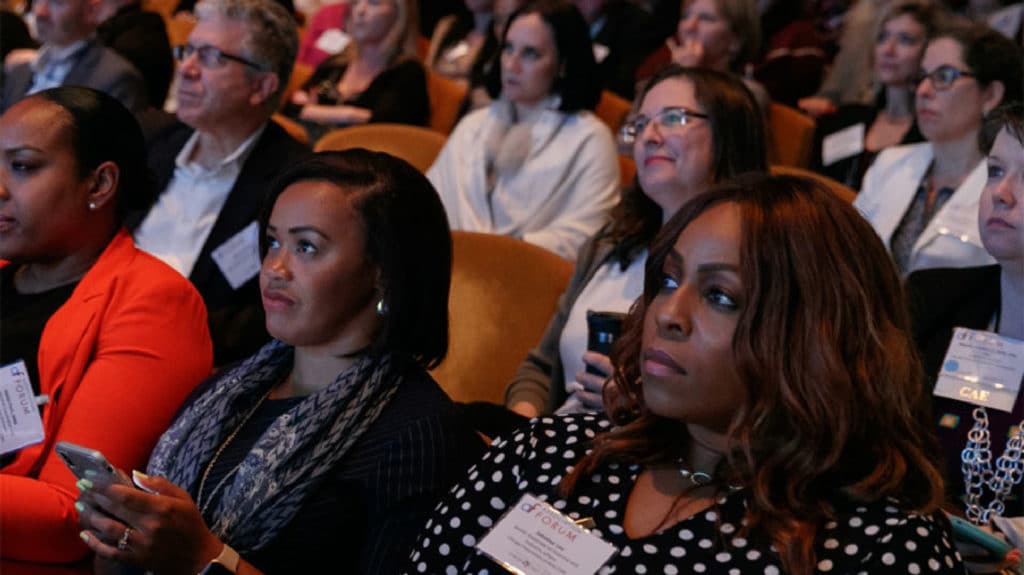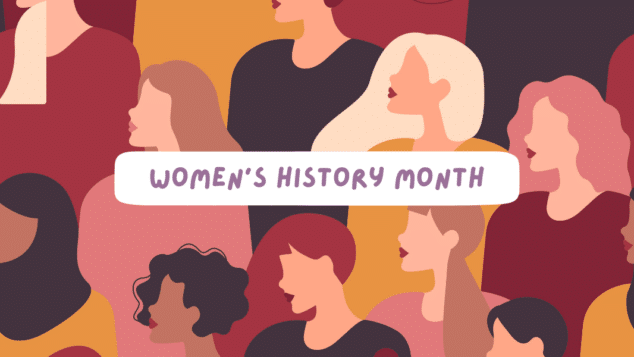Exploring Unique Pathways to Recruiting Diverse Members

With the concept of equity, diversity, and inclusion (EDI) becoming more pervasive in companies, academic institutions, and not-for-profit organizations, the importance of creating an accepting, open environment for staff and customers is critical to the health of organizations. Many offices are now starting to implement strategies and procedures to incorporate within their organizations, specifically when it comes to hiring practices. As a result, member-driven associations must also integrate the values and practices of EDI in their organizations, and not just within the workplace. Ensuring that the membership of your association is diverse and the environment of your organization is inclusive are vital to creating a welcoming environment and home for your members.
Having a diverse membership is critical and is a major component in enhancing the visibility of the association and the profession of its members. According to the National Council of Nonprofits, “…when board members, employees, and others who shape the values and activities of a nonprofit come from a wide array of backgrounds, they each bring unique perspectives that shape, blend, and influence how to advance the nonprofit’s mission and solve problems in potentially more inclusive and innovative ways.” When an organization’s membership is comprised of people from a range of racial, ethnic, religious, gender, and sexual orientation backgrounds and lifestyles, it is more equipped to meet the needs of its members as well as promote the profession its members serve.
In the article “Beyond Political Correctness: Building a Diverse and Inclusive Board,” Vernetta Walker states, “Not only must your membership be diverse and representative of a variety of groups, but the leading members of your organization should also come from vast backgrounds. Many board members already understand that a homogeneous board can result in near-sightedness and group think. By contrast, a heterogeneous board—one composed of individuals with a variety of skills, perspectives, backgrounds, and resources—promotes creativity and innovation and yields differing voices that can play important roles in accomplishing the organization’s mission and increasing understanding of constituents and community needs. Diverse boards also are more likely to attract diverse donors, and grantmakers are increasingly focused on diversity.” Diversity in the leadership of a member-driven organization cultivates diverse viewpoints and helps expand the association’s reach.
As more companies and organizations embrace EDI, member-driven associations are looking for ways to recruit a diverse membership to lead their organizations. From training aimed at teaching those involved in membership recruitment how to recruit diverse members, to developing departments designed to specifically seek out diverse member candidates, associations are discovering new ways to expand their membership base and build on their efforts to recruit members from a non-traditional candidate pool.
At the American College of Healthcare Executives (ACHE) the director of diversity & inclusion (D&I) leads development of strategies and operations to advance the diversity and inclusion of its members and the healthcare management field. Prior to the creation of this position, AHCE had some diversity programming and initiatives and diversity-related policy statements. After the ACHE Board of Governors decided to implement diversity and inclusion in a more strategic manner, D&I was added as an organizational core value and the D&I Director position was created.
Cie Armstead, ACHE director of diversity & inclusion, says that the association strives to incorporate diversity and inclusion throughout the organization. With conference programming that includes topics addressing diversity, inclusion, and equity in healthcare, along with diversity-related career resources, partnerships with diverse associate organizations, and an intentional inclusion focus in marketing and communications, ACHE strives to foster a welcoming environment for all members.
ACHE uses a variety of methods to increase diversity among its membership and to cultivate a more inclusive environment. While standard recruitment models—word of mouth and member-to-member campaigns—are still used, the organization has implemented additional outreach tactics to under-represented groups. Through its network of chapters across the country and in collaboration with its diverse partner organizations, ACHE informs diverse healthcare leaders of its longstanding D&I commitment and its renewed focus on demonstrating ACHE welcomes all healthcare executives.
For example, ACHE’s Board recently updated the organizational LGBTQ policy and there has been a notable increase in Chapters’ programming related to EDI. “ACHE also exhibits at our diverse partner organizations’ conferences to support the important work they’re doing and promote ACHE’s D&I brand,” says Armstead. “For the past six years, ACHE has conducted an executive diversity leadership development program, which serves as another way to demonstrate ACHE’s D&I commitment. In turn, this supports recruitment and retention of diverse members.”
Armstead also believes that personalization in diversity outreach is key, and organizations should aim to target the individual. “Organizations must be cognizant of how they personalize outreach,” Armstead states. For instance, recruitment initiatives and standards may change for different generations, and associations should focus on fresh sources and avenues of recruitment with newer generations. This can be achieved by having representatives from the target groups directly involved in outreach efforts. “When developing an outreach campaign aimed at a specific group, make certain to include staff or members from the target group in the development process,” Armstead says.
It’s also important to be mindful of the intent of the messages being sent. Practicing cultural competence, having awareness and understanding of those of varying cultures, and acknowledging one’s own world view and privileges are significant to fostering an inclusive environment for members, as well as creating an organization that professionals from diverse backgrounds would want to belong to (and would recommend to their colleagues). Using inclusive language in recruitment and being respectful in how you address potential members are essential in any membership recruitment messaging, and even more so when it comes to diversity recruiting.
“To be effective, we need to consider the full spectrum of our current and future membership,” Armstead asserts. “The professions, industries and people we serve are becoming increasingly more diverse, across all dimensions of diversity. To remain relevant and thriving, associations must recruit diverse members and cultivate welcoming environments to retain those members.”
Tags
Related Articles
It’s Not Too Late! Celebrate Women’s History Month in March
Celebrate Women's History Month in Chicago with these five impactful ideas to honor, empower, and...
Honoring Black History Month: What to Read, Watch, and Do in Chicago This February
Discover meaningful ways to celebrate Black History Month in Chicago through books, films, and local...
Welcoming Environment® Roundup
Links to every WE article we published in 2024.




